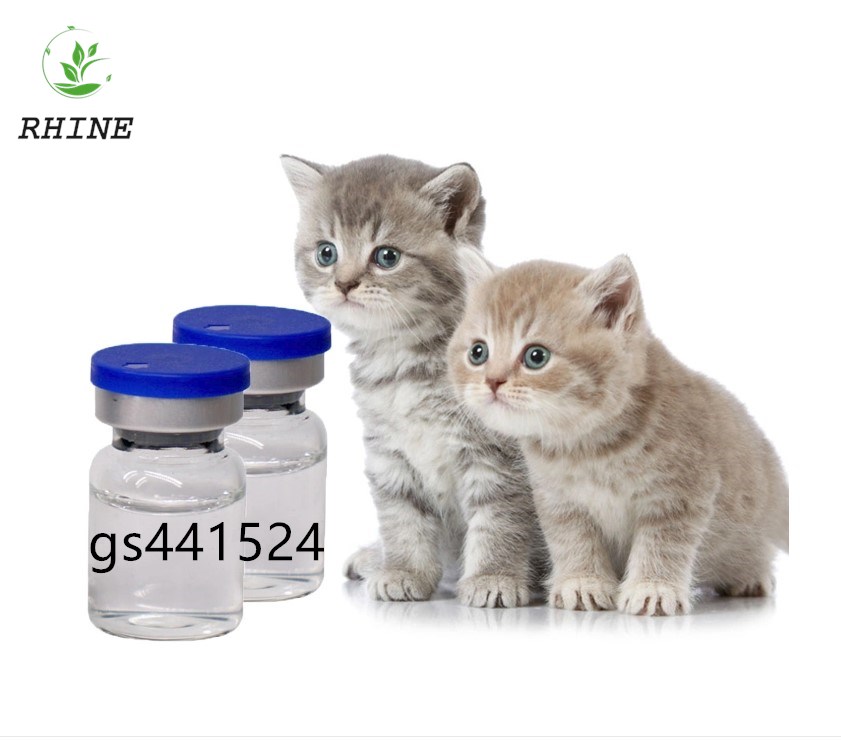Medical reform is stagnant, why not let the mobile medical tide to subvert the system
After the rise of mobile medicine , large-scale entrepreneurs and capital influx, from registration, light consultation to medical big data , all kinds of concepts are flying, dreaming of playing a new world in the medical field that everyone is not satisfied. And the hospitals look on the sidelines: or look down, "Isn't it a mobile app?" Or don't understand, "people are stupid enough to speed up", don't understand what so many people and money are investing in this field; Deans and medical informatization vendors are thinking about how mobile healthcare is used by hospitals and extending in-hospital services to the Internet.

Most of the dean and medical informatization experts believe that mobile Internet is only an information tool, and it has not changed the true nature of medicine. Mobile medicine has limited value for hospitals, so it is frosty; and mobile medical entrepreneurs, perhaps most enterprises will become "Cannon fodder", but they are taking out the spirit of "the bare feet are not afraid to wear shoes" to attack the medical system that has fallen into the quagmire, so the enthusiasm is like fire. The top-down medical reforms of the past decade have been proven to have limited results. Why not let this bottom-up mobile medical tide try?
I. 窘 – Medical reform is stagnant
The medical reform has been changed for more than ten years. During the period, the two extremes of public welfare and marketization have repeatedly swayed, resulting in the status quo of today's nondescript. "Seeing a doctor is expensive" and "difficult to see a doctor" is a false proposition. The real problem is:
1. Lack of graded diagnosis and treatment: patients are over-concentrated in large hospitals, large hospitals are in the market, and small hospitals can be used as gates;
2. Public monopoly: public hospitals monopolize the vast majority of medical resources, and the flexibility and enthusiasm of medical resources are insufficient;
3, taking medicine to raise medicine: the price of medical services has not been changed since 1999, and the price of medical services is subsidized by medicine. The consequences of this approach are extremely bad. First of all, the cost is high (the price difference between the ex-factory price and the terminal sales price is at least five times, about 30% of the medical income is spent in the middleman), and secondly, the interests of the hospital doctors and patients are inconsistent. , causing the trust of doctors and patients to collapse, and finally leading to high-risk and high-pressure workers in the entire industry;
4. Medical insurance pressure: In 2014, the balance of medical insurance surplus exceeded one trillion yuan. The medical insurance control fee caused the hospital and doctor to behave in the clinical operation, which caused a lot of inconvenience and waste of resources. In addition, in the long run, the aging society will increase the pressure on medical insurance to pay more and more. In the future, the state may increase financial input or focus on developing commercial health insurance, but no matter which solution is facing great challenges;
5, medical education imbalance: more than 2 million practicing physicians, only 54.5% of undergraduate education, nearly half of the doctors are college or below. The medical education method is also relatively backward. Compared with the highly standardized and practical training system of foreign medicine, China is still basically in the hands-on training of the masters and apprentices. This is one of the fundamental reasons for the large differences in the level of Chinese doctors.
The biggest credit of the new medical reform in 2009 was that the coverage of medical insurance was greatly improved, but the result was that medical treatment that was originally suppressed was further erupted, and the reform of medical supply was very limited, resulting in further imbalance between demand and supply. If you follow the current path, the above major problems will become more serious.
The following is the growth of hospitals in different levels of hospitals in 2013 and 2014. It can be seen that the growth rate of tertiary hospitals is two to three times that of small hospitals, which means that we are making great strides toward the opposite direction of graded diagnosis and treatment.

Figure 1 Growth of medical treatments in China from January to November 2014

Figure 2 Growth of national medical treatment in 2013
Veterinary Drugs: refers to substances (including medicated feed additives) used to prevent, treat, diagnose animal diseases or purposefully regulate animal physiological functions.
Veterinary drugs mainly include: serum products, microecological products, Chinese herbal medicines, proprietary Chinese medicines, chemicals, antibiotics, and topical pesticides, disinfectants, etc.

Veterinary Drugs,Veterinary Medicine,Veterinary Injectable Drugs,Veterinary Pharmaceutical Drugs
XI AN RHINE BIOLOGICAL TECHNOLOGY CO.,LTD , https://www.rhinebioteches.com